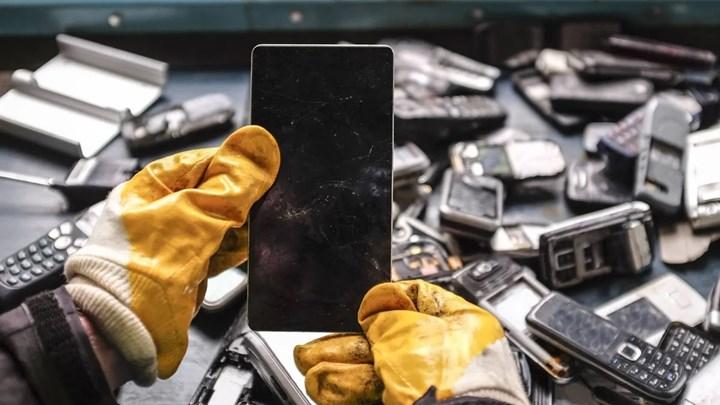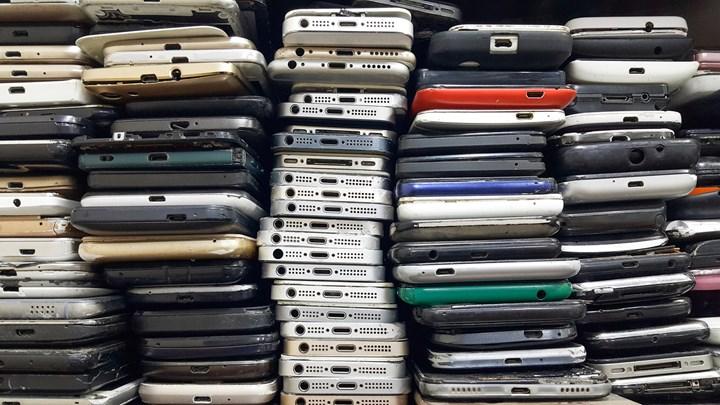 According to WEEE, 5.3 billion phones will become unusable and thrown away by 2022. The following example will suffice to understand the extent of cell phone waste: If we stack all the phones that will be thrown in the trash, the height we reach will be 120 times higher than the International Space Station. In other words, 1/8th of the way to the Moon will have been reached.
According to WEEE, 5.3 billion phones will become unusable and thrown away by 2022. The following example will suffice to understand the extent of cell phone waste: If we stack all the phones that will be thrown in the trash, the height we reach will be 120 times higher than the International Space Station. In other words, 1/8th of the way to the Moon will have been reached.Based on global trade data, this forecast highlights the growing environmental problem of “e-waste”. Research shows that many people prefer to put their phones on a dusty shelf rather than recycle them. So precious minerals such as gold, silver, copper, cobalt and palladium are completely wasted.
Pascal Leroy, general manager of WEEE, states that all these mines are insignificant in the eyes of users, but when considered on a global scale, the valuable recyclable parts that emerge are in large volume.
There are already an estimated 16 billion mobile phones worldwide, and in Europe alone, almost a third of them are no longer even in use. According to the results of the research conducted by WEEE, it is estimated that the mountain of electrical and electronic waste, ranging from washing machines to toasters, from tablets to GPS devices, will reach around 74 million tons by 2030.
Recycled e-waste is important for new ones

It is stated that e-waste and devices that are not thrown away but still work but are kept in homes for some reason can be used in new smartphones, wind turbines, electric car batteries and many more. In this way, serious savings and, more importantly, environmental pollution can be prevented.
Just over 17 percent of the world’s e-waste is properly recycled. The United Nations International Telecommunication Union aims to increase this rate to 30 percent by next year. The metal ore supply problem caused by the war between Ukraine and Russia also reveals the importance of e-waste recycling.